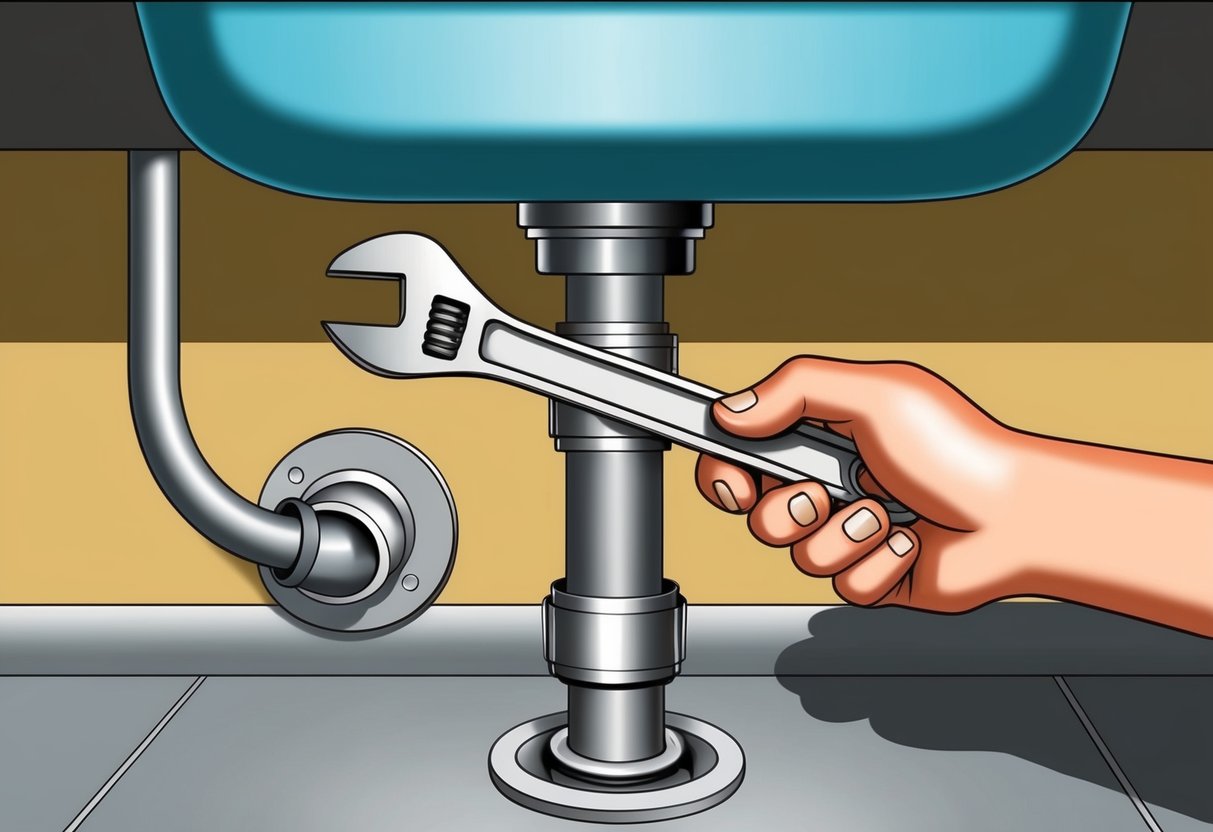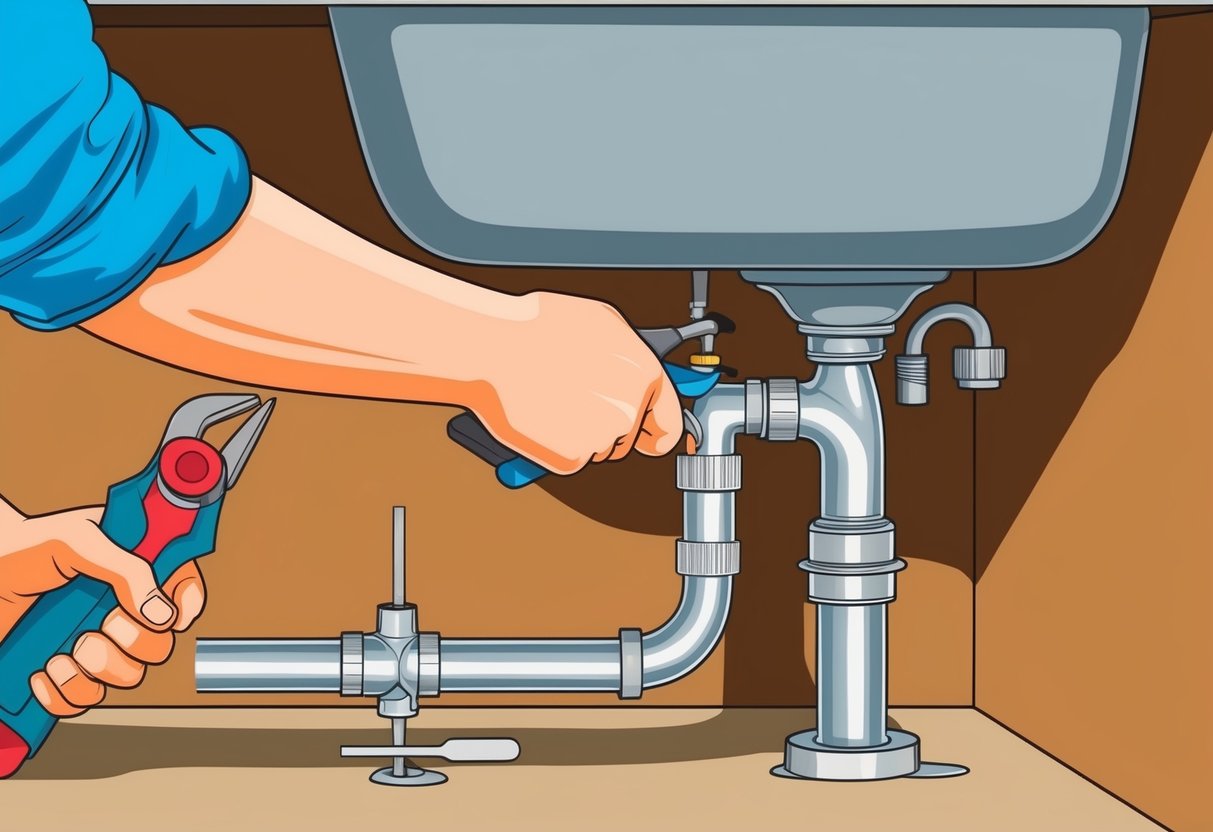
Consent and Personal Data Use
Consent is central to modern data practices. Before accessing articles on plumbing issues or DIY repair tips, users are often prompted to provide explicit consent for their personal data—such as names or email addresses—to be used for various purposes.
Consent agreements usually outline data collection for personalised advertising, communication, and verification. Many platforms clarify how consent can be withdrawn at any time through the privacy dashboard or “cookie policy” section.
A clear opt-in process puts users in control, allowing them to choose the extent of their participation in targeted marketing, research, or services development. Reviewing the privacy agreement before submitting personal information can help users protect their identities and limit unwanted use of their details.
How Geolocation Data and Search Data Are Used
Plumbing sites, like many digital platforms, may collect geolocation data and search data to optimize content and services. When visitors access information on specific plumbing problems or search for local services, their IP address and device location might be logged.
This supports personalised content recommendations, enables local service suggestions, and aids in audience research. Search data, including keywords and inquiry frequency, informs website developers about trending topics and allows them to better tailor content.
Geolocation and search data can also help websites detect suspicious activity and prevent spam. While these data points are valuable for improving user experience, most sites will specify how such data is collected and provide an option to control the extent of data sharing directly through privacy settings or account panels.
Frequently Asked Questions

Many everyday plumbing issues, from leaky joints and dripping faucets to loose water supply lines, can often be handled with basic tools and household materials. Safe do-it-yourself repairs not only avoid water damage, but also help people save money on professional services by tackling manageable problems themselves.
How do I repair a leak in a water pipe joint?
To fix a leak at a water pipe joint, first shut off the water supply to prevent further leakage. Use a wrench to gently tighten the joint if it’s a threaded connection, or re-solder if it’s a copper pipe.
If tightening doesn’t resolve the leak, wrapping Teflon tape around the threaded area or applying pipe joint compound provides an added seal. If water continues to drip, inspect for cracks or corrosion, and replace the section if needed.
Consistently leaking joints may indicate a need for professional repair.
What steps can I take to fix a dripping kitchen tap myself?
A dripping kitchen tap usually points to a worn-out washer, cartridge, or O-ring. Turn off the water to the faucet before starting any repair.
Remove the faucet handle and replace the faulty part with a matching replacement, taking note of the exact type needed. Most modern faucets use cartridges, which can be swapped out easily using basic pliers and a screwdriver.
Reassemble the tap carefully and turn the water back on to check if the drip has stopped.
Which DIY plumbing repairs are safe and manageable for homeowners?
Homeowners can safely repair minor leaks, replace washers or cartridges in faucets, unclog drains using a plunger or drain snake, and tighten loose supply connections. Routine maintenance, such as cleaning faucet aerators or showerheads, can also be handled without special training.
For step-by-step advice on easy repairs, check out these simple DIY plumbing fixes that usually don’t require advanced skills or specialized tools.
What are some reliable methods to seal a water pipe connection?
Applying plumber’s tape (Teflon tape) to threaded fittings helps create a watertight seal that prevents leaks. For metal or PVC joints, pipe joint compound or pipe dope is a strong option for extra protection.
Compression fittings often use rubber washers or ferrules to provide a seal. For joints that have slow drips even after tightening, an epoxy putty designed for plumbing repairs can provide a temporary solution until a permanent fix is completed.
How can I tighten a water supply line to prevent leaks?
To stop leaks, use an adjustable wrench to gently tighten the nut connecting the supply line to the fixture or valve. Avoid over-tightening, as this can damage threads or crush the washer, leading to more leaks.
Check for mineral buildup or debris, which may prevent a secure connection. If the line is still leaking, it may need a new washer or even a replacement hose.
Regular inspection of supply lines helps catch problems before leaks occur.
What are the most common plumbing failures in homes and can they be self-repaired?
The most frequent plumbing problems are dripping faucets, clogged drains, running toilets, and minor pipe leaks. Many of these—such as fixing leaky taps, clearing drain clogs, or stopping running toilets—are safe for homeowners to handle with basic tools and clear instructions.
Leaking pipes and loose fittings often respond well to quick DIY repairs.
Major problems like burst pipes or sewage backups generally require professional attention due to the risk of water damage and health hazards.